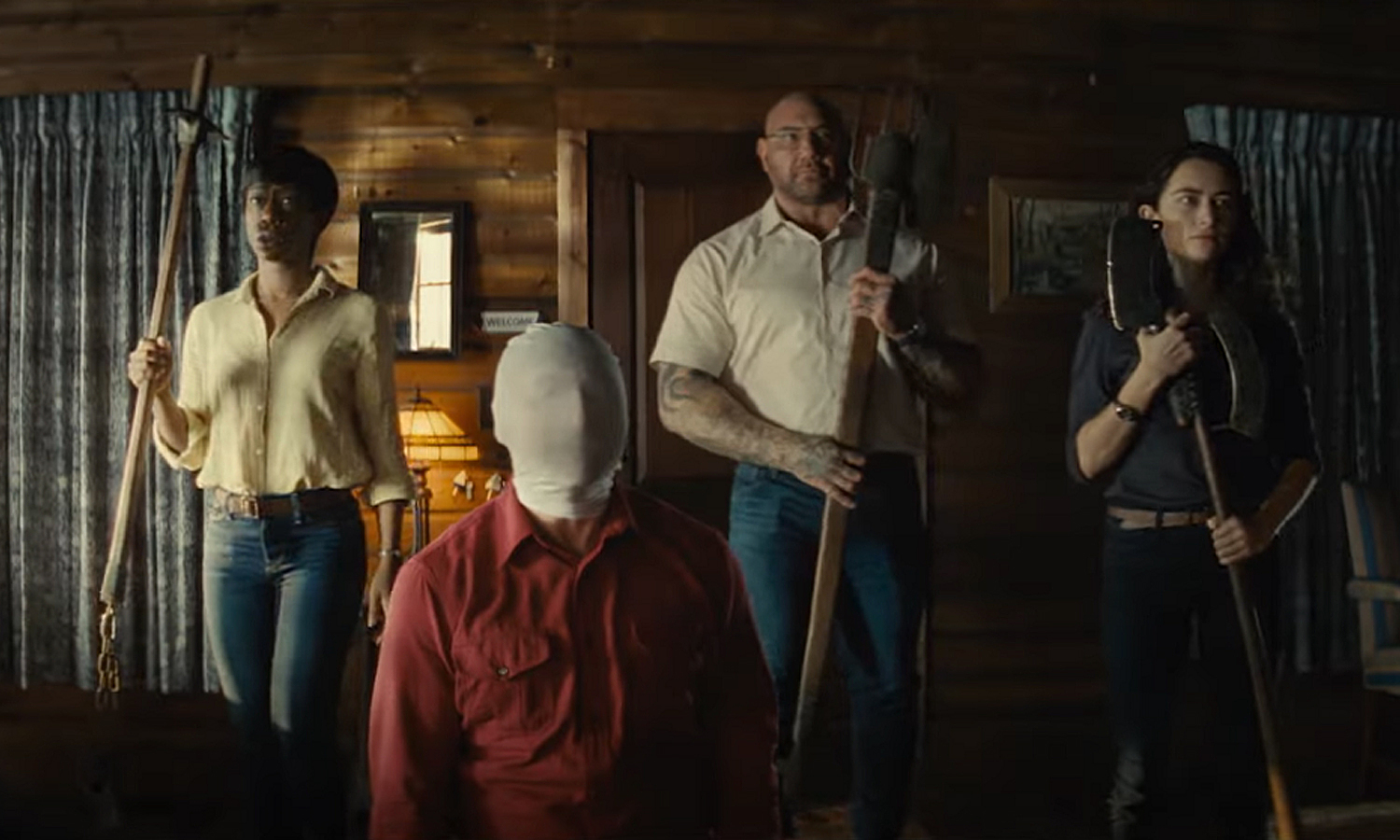If you’re a fan of cutting-edge thrillers, the latest film “Knock At The Cabin” has probably captured your attention. Much more than just a suspenseful plot, the film has inspired a range of merchandise that fans are eager to get their hands on. Enter the Knock At The Cabin Merch Official Shop, the ultimate destination for fans who want to immerse themselves deeper into the world of this gripping movie. In this blog post, we’ll take a closer look at what this official shop has to offer, why it’s a must-visit for fans, and how you can make the most of your shopping experience.
Unique Merchandise Selection
The Knock At The Cabin Merch Official Shop is packed with unique items that cater to a range of tastes. From apparel to collectibles, there’s something for everyone. Fans can expect to find stylish t-shirts that feature iconic scenes or quotes from the film, perfect for casual outings or cozy movie nights. Hoodies are also available, keeping fans warm while showing off their love for the film.
Beyond clothing, the shop offers a variety of other merchandise options. Posters capturing the eerie aesthetic of the film can easily find a place on your wall. Additionally, exclusive collectibles such as action figures and themed accessories are perfect for those who want to showcase their admiration for “Knock At The Cabin” in a more tangible way.
Quality Meets Design
One of the standout features of the merchandise at the Knock At The Cabin Merch Official Shop is the emphasis on quality. Each item is crafted with care, ensuring that fans receive both durability and aesthetics. The clothing is made from high-quality fabrics that not only feel great but also hold up well after multiple washes.
Design is equally important. The graphics and logos used in the merchandise are artfully created, reflecting the film’s dark and thrilling themes. Fans will appreciate the careful thought that goes into each design, making the products feel more like limited editions rather than typical merchandise.
Exclusive Offers and Promotions
Shoppers are always looking for great deals, and the Knock At The Cabin Merch Official Shop does not disappoint. Frequent promotions and exclusive offers create a fantastic shopping environment. Fans can sign up for newsletters to stay updated on upcoming sales and new product launches.
Moreover, the shop may host limited-time discounts for certain items, making it easier for fans to complete their collections without breaking the bank. Engaging with the shop’s social media channels can also yield surprises such as giveaways or early access to new merchandise drops.
A Community of Fans
Shopping at the Knock At The Cabin Merch Official Shop isn’t just a purchasing experience; it’s a chance to connect with a broader community of fans. Many products encourage fan engagement, inviting customers to share their purchases on social media using dedicated hashtags. This sense of community enhances the overall experience, as fans can see how others are styling their merchandise or showcasing it in their homes.
In addition, the shop occasionally features testimonials and reviews from fans, allowing newcomers to glimpse how delighted others are with their purchases. Such a community is essential for building excitement not only around the film but also around the experience of being a fan.
Final Thoughts
For fans of “Knock At The Cabin,” the Knock At The Cabin Merch Official Shop represents more than just a retail space—it is a celebration of the movie and its impact on popular culture. With unique merchandise, strong attention to quality and design, exclusive offers, and a chance to engage with other fans, visiting this shop may very well enhance your connection to the film. So, step inside and discover what treasures await you in this thrilling world! Your perfect piece of merch could be just a click away.






